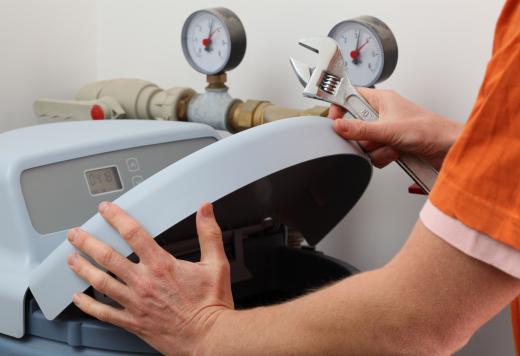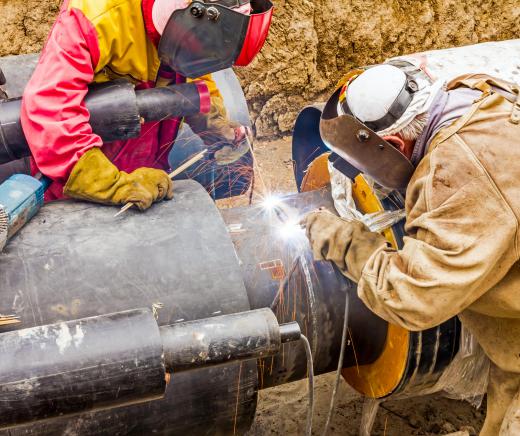Calcium oxide, more often known as quicklime, is a high-volume chemical used in many industries. This is because calcium oxide has many uses, is inexpensive and is easy to create. Calcium oxide is used industrially as an absorbent, in the creation of steel, in fertilizer, as a water softener and as a potential hydrogen (pH) regulator for wastewater.
In the chemical industry, calcium oxide is used as a dehydrating agent and an absorbent. The former is important for purifying other compounds and substances such as glucose, citric acid and certain dyes before the compound undergoes further refinement. As an absorbent, quicklime has been shown to effectively absorb carbon dioxide fumes, which helps when the chemical’s carbon dioxide is too high to effectively work with.

The term "flux" in the metallurgy industry refers to treating a metal or alloy — a combination of metals — or to assisting either in melting or purifying the metal or metals. The steel industry uses carbon oxide as a flux to remove impurities from scrap steel or iron before it is alloyed with carbon to become steel. Impurities that quicklime can effectively reduce include silica, sulfur and phosphorus. Without removing these impurities, the iron or scrap steel cannot be refined into usable steel.

Calcium oxide is used for several purposes in gardening and fertilizing. The calcium in calcium oxide is able to provide a base to balance out acidic soil and is used most often in areas where rainfall washes the calcium from the soil. Quicklime is also effective in keeping away weeds, making it easier for other plants to grow.
Water contains many extra particles, and these particles can get stuck on pipes and in places where water flows can decrease or completely stop water flow. Industries that create water softeners often use carbon oxide because it is able to eat away at these extra particles without destroying the pipes. Quicklime is often combined with soda ash when used as a water softener.

Wastewater is created by many industries when a chemical or substance is combined with water. This wastewater must be treated before it can be recycled and reused for other applications, such as watering lawns. Carbon oxide is a base and is able to modify the pH in water. It can also purify many of the substances found in wastewater to assist in the recycling process.
